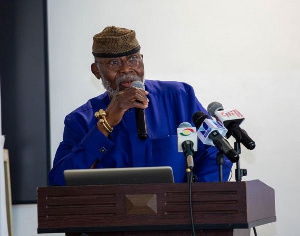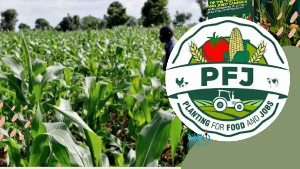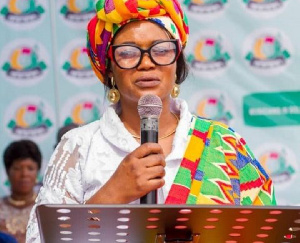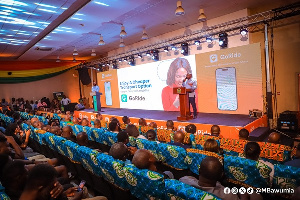- Home - News
- Polls
- Year In Review
- News Archive
- Crime & Punishment
- Politics
- Regional
- Editorial
- Health
- Ghanaians Abroad
- Tabloid
- Africa
- Religion
- Election 2020
- Coronavirus
- Photo Archives
- News Headlines
- Press Release
General News of Friday, 3 August 2018
Source: thebftonline.com
Failure of 7 banks to cost taxpayers GHC8bn
The collapse of the seven indigenous banks has come at a great cost to the taxpayer, with Wednesday’s announcement projected to cost an additional GH¢5.76billion to the taxpayer who is already saddled with the GH¢2.2billion government doled out to settle the liabilities of UT and Capital Banks.
When the central bank governor, Dr. Ernest Addison, announced the decision to revoke the universal banking licence of Sovereign, Construction, Unibank, Beige and Royal Banks, he revealed a GH¢5.76billion bond had been issued to sort out the liabilities arising from operations of the former universal banks.
According to him, “The Bank of Ghana has approved a Purchase and Assumption Agreement between Consolidated Bank and the Receiver for the five banks. Under the Agreement, Consolidated Bank has acquired all deposits and other specified liabilities, and good assets of the five banks. To finance the gap between liabilities and good assets assumed by Consolidated Bank, government has issued a bond of up to GH¢5.76billion”.
While the central bank is insistent that the cost of the seven banks’ collapse will not be added to the country’s total public debt under a special arrangement made with the International Monetary Fund (IMF), there is no denying that the cost of financial sector cleansing will be borne by Ghanaians.
Head of Banking Supervision at the central bank, Mr. Osei-Gyasi, earlier this year commenting on the GH¢2.2 billion bond issued at a coupon rate of 12 percent to cater for the liabilities of UT-Capital Banks said such losses are the reason the central bank must always step in quickly and sanction banks to prevent taxpayers from bearing the cost of the collapse.
“The receiver [PwC] took over or assumed as far as the good assets and the liabilities that were taken over by GCB are concerned, it is the gap between the asset and the liabilities that would have to be funded by government. That is why I say it is a cost to the ordinary tax payer,” he said.
It is not immediately known at what coupon rate and tenor government issued the latest GH¢5.76 billion bond to clean up the mess caused by the five banks, but any rate in the region of 12 percent – as was the case with the first bond – would worsen the taxpayer’s burden.
The BoG Governor, at the last MPC meeting in July, revealed that so far about 15 banks are in line to meet the minimum capital requirement – a situation that means about 15 other banks may still be in the woods, with the regulator not ruling out cracking the whip once more when necessary.
Support to local banks
There are currently 12 local banks in operation following the seven banks’ collapse. This has prompted fears that the majority of local banks will struggle to meet the minimum capital requirement.
The Finance Ministry, in a press release issued on Wednesday, revealed government’s support to local banks which are in a good financial position but are unable to capitalise to meet the BoG’s deadline.
“To further strengthen the indigenous Ghanaian banking sub-sector, government is considering various structures through which it can provide financial support to help other indigenous banks meet the new minimum capital requirement of GH¢400million by 31st December 2018.
“This support will be limited to indigenous banks that are solvent, well-governed and managed, and in full compliance with the Bank of Ghana’s regulatory requirements.
“Additionally, government will continue to explore policy interventions to transform the entire financial services sector into a more resilient and dynamic industry in order to promote and establish Ghana as a regional Financial Services Centre,” the release said.
According to the ministry, government’s primary goals are to: protect customer deposits; protect jobs as much as possible; protect strong Ghanaian indigenous representation; protect the integrity of the banking sector; ensure strict adherence to good corporate governance; and to minimise systemic risk.











